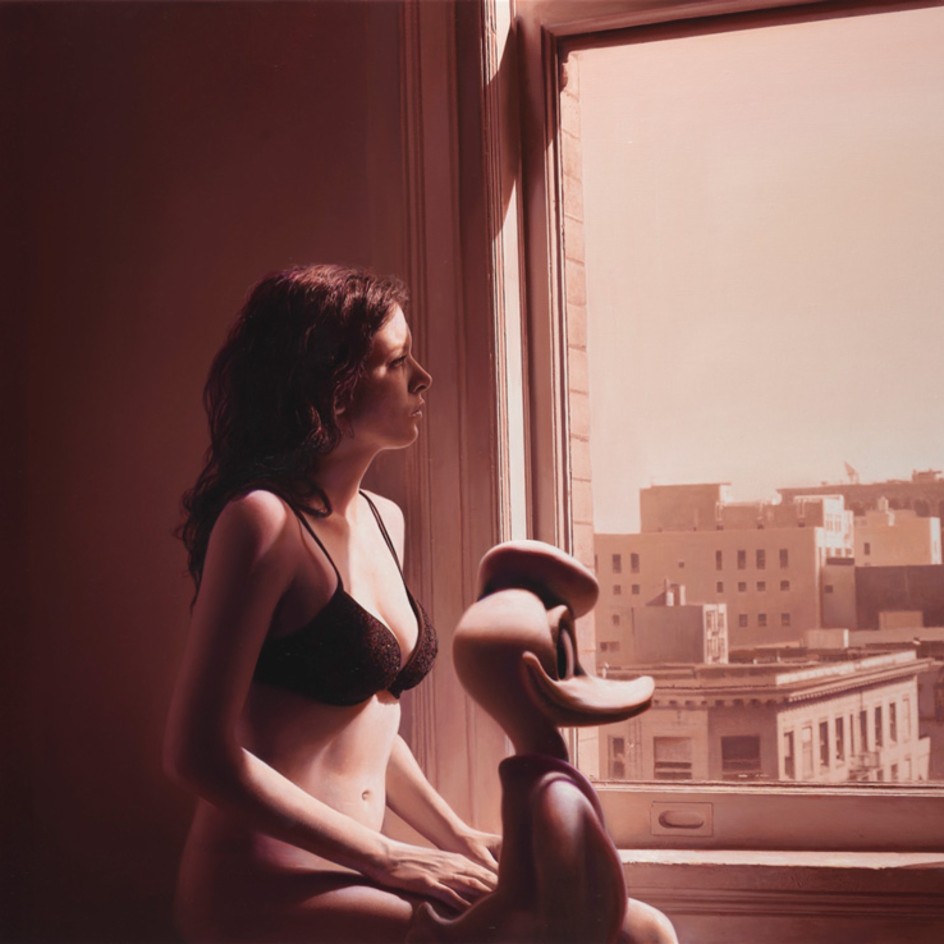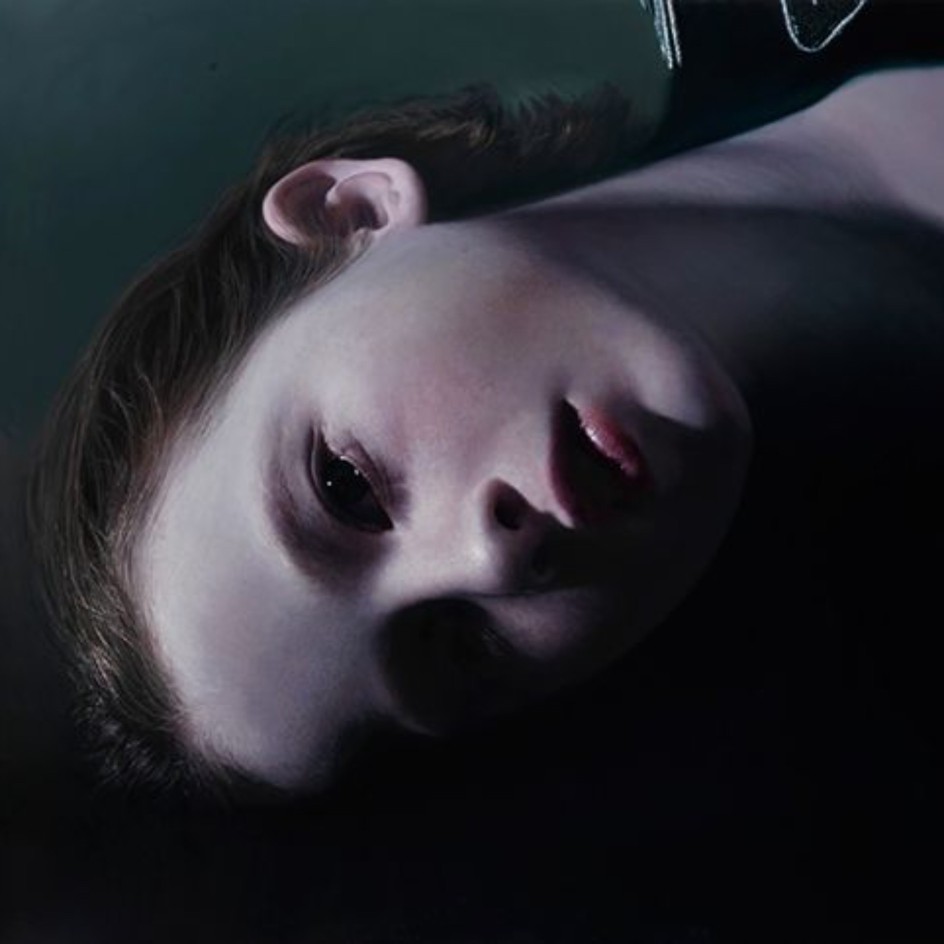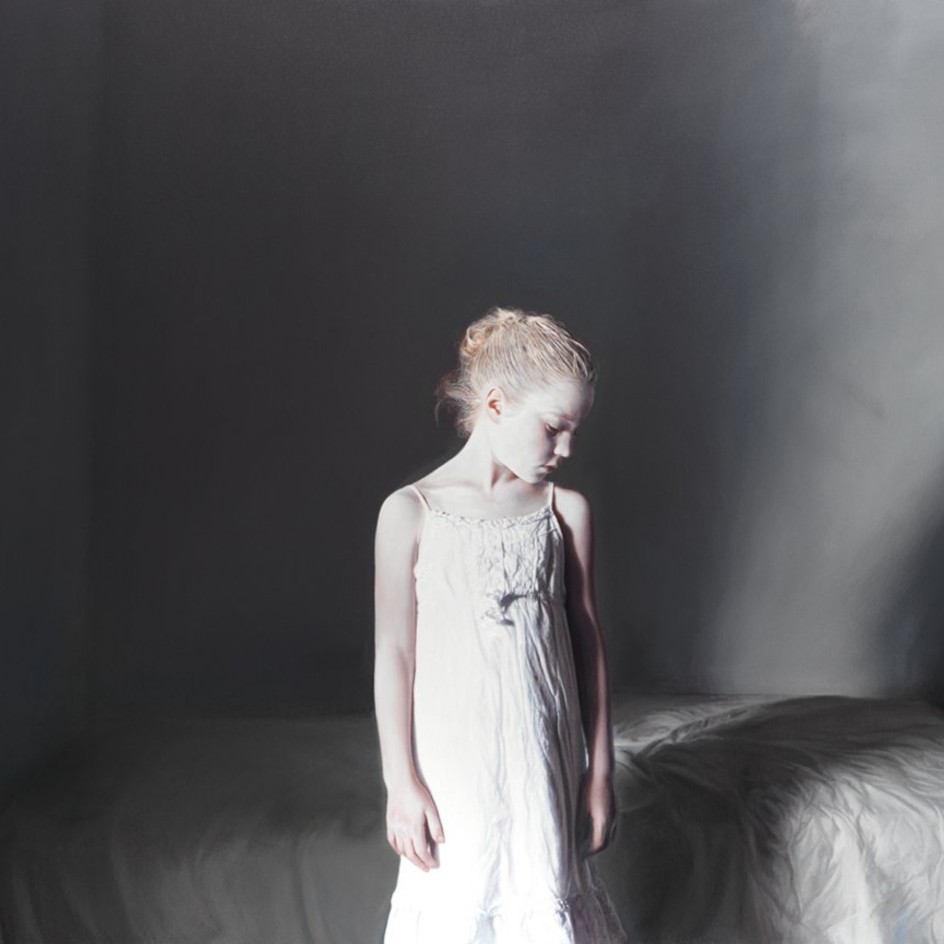Gottfried HELNWEIN
Eyes That Knew No Shade of Sin or Fear
May 6 - July 2, 2021
To book a visit go to: https://calendly.com/modernism or email us at info@modernisminc.com
Summary
Nearly two centuries after the great Spanish artist Francesco Goya made the series of prints known as The Disasters of War, eternally preserving the atrocities he witnessed during six years of conflict between Spain and France, Gottfried Helnwein set out to create a new version. Beginning in 2008, Helnwein sought to show that cruelty is not history, and also to shift the focus from battlefield hardships to the inner life of children. “I want to see what’s going on through the child’s eyes,” he says. With that psychological shift came an important permutation in meaning, from graphic accusations of crimes against humanity to metaphors “for the potential of innocence.”
Helnwein is still painting Disasters, surpassing the ten-year span that Goya worked on his print sequence. The seventy-ninth painting, completed earlier this year, is featured in Eyes That Knew No Shade of Sin or Fear, a major new exhibition of Helnwein’s magisterial art on view at Modernism. Depicting a young girl holding an Uzi, looking away from a grinning Mickey Mouse, The Disasters of War 79 powerfully conveys the urge children feel to fortify themselves against the atrocities pervading modern society, and their struggle to remain true to their guileless fantasies.
These psychological tensions, and the insights they provide about the fraught conditions of the contemporary world, reverberate throughout the exhibition of thirteen paintings, all completed in 2021. Although they vary considerably in their iconography—evoking artists ranging from John Everett Millais to Edward Hopper—the artworks are unified by the moral impulse Helnwein identifies with Goya, which he describes as the compulsion to “force people to look at things they would rather not look at.”
Several paintings in the exhibition are structured around Disney characters. In addition to Mickey Mouse, Donald Duck is an important figure, connecting Helnwein’s artwork to some of the first art that made an impression on him: the drawings in comic books he found as a child in post-War Vienna, left behind by American soldiers, which gave him hope in a land of despair. “It was like opening the doors of heaven,” he recalls. The cognitive disconnect he felt between Disney’s thrilling playspace and the cold reality of an Austrian society in a state of depravation and collective denial is one that allows Helnwein still to empathize with children’s troubles, and to present the world from their point of view.
This sensibility can also be found in works that place cartoon-inspired figures in hyper-realistic urban hellscapes, such as All That We See or Seem is But a Dream Within a Dream. Portraying a wide-eyed female manga character in front of a car on fire in a collision of imagery rivaling James Rosenquist’s Pop Art juxtapositions, the painting suggests that our world has become ferociously hostile to the imagination, burning out the last respite of childhood innocence.
All That We See or Seem is But a Dream Within a Dream takes its title from a poem by Edgar Allen Poe, a major influence on Helnwein, alongside Goya and Disney. In the 1849 poem, Poe describes the sensation of passing time, comparing it to grains of golden sand seeping through his fingers more quickly as he tries to grasp them more tightly.
While Poe’s poem speaks to the grown-up sensation of aging, and its apparent acceleration over the course of a lifetime, Helnwein’s paintings evoke the accelerating advance of grown-up problems on the first years of life. Two centuries after Goya completed his Disasters of War, Helnwein shows that the atrocity not only persists, but also that the cruelty is threatening all possibility of innocence in those who will follow us.
Most recently the subject of a major retrospective at the Albertina Museum in Vienna, and compared to the work of old and modern masters including Franz Xaver Messerschmidt and Francis Bacon, Helnwein’s work has been exhibited extensively worldwide, and is featured in the collections of major museums in Europe, Asia and the United States. Eyes That Knew No Shade of Sin or Fear is his 18th one-person exhibition at Modernism gallery.
Press
Gottfried HELNWEIN
Gottfried Helnwein in the Irish Times
2016-06-08
Gottfried HELNWEIN
The Helnwein's Will See You Now - NYT Magazine
2014-12-27
Gottfried HELNWEIN
Gottfried Helnwein Retrospective at Albertina Museum, Vienna
2013-10-18
Gottfried HELNWEIN
Gottfried Helnwein at the Crocker Museum
2011-03-08
Gottfried HELNWEIN
Gottfried Helnwein receives the 2009 Steiger Art Award
2009-06-17

















